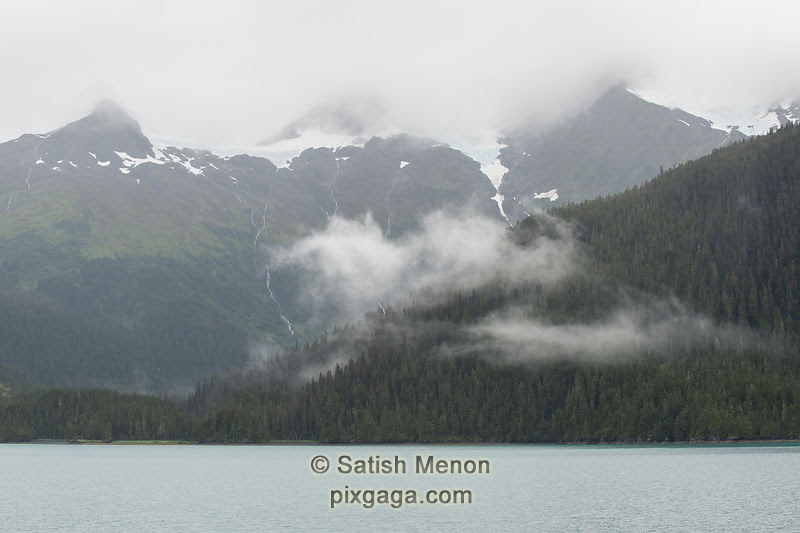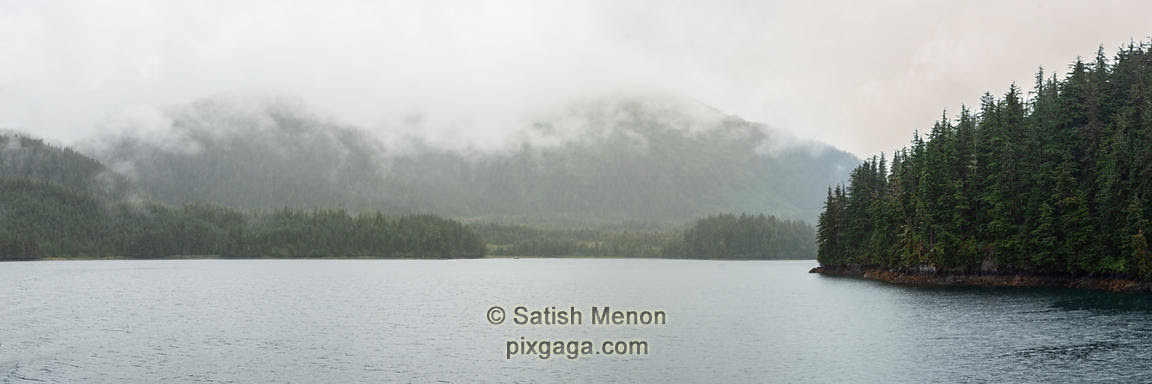Last Saturday, I was photographing along the California Hwy 1 coastline at night. It was pretty dark requiring long exposures. With that came a noise problem – a red streak in the image. See below.

Long Exposure Night Shot of Sea Stack along California Hwy 1 Coast. See the two red streaks in the lower one-thirds of the image.
This was an eight minute exposure. Shot at f22, ISO100. Nikkor 70-200mm f2.8 lens and Nikon D4S body. Fortunately, I had another two minute exposure of the same composition, made when there was a bit more light that would work for me as a keeper. So, I had not lost the shot. But, it was disconcerting to realize that I was limited to two minute exposures with this lens for night shots.
First, I wanted to ascertain that the red streak noise was repeatable. I ran a series of tests on long night exposures yesterday, only to realize that with this lens, it was very repeatable as long as the scene was pretty dark and my exposure was greater than 2 minutes @ ISO100. I also verified other ISOs and found that the red streak noise found during 4 minutes @ ISO100 and that found during 1 minute @ ISO400 were about the same. There was no escaping this. If I needed to shoot in very dark conditions – I will not be able to get away with shorter exposures, using ISO to compensate. This was depressing …
Next, I attempted to see if “long exposure noise reduction” would compensate for this issue. After all, the long exposure noise reduction works by making a dark exposure with identical parameters, with the shutter closed. The idea is that the noise on the sensor would be same, which is later subtracted from the main image, thus reducing or eliminating to a great extent the noise resulting from long exposure. The results of these tests were disappointing as well. The noise was the same in the RAW files, but slightly reduced in the in-camera JPGs. I shoot 100% RAW and would not be happy switching to JPG for the slight reduction in the red streak noise. I needed to solve it fully.
As I drove around and lived my life today, it occurred to me that I should perhaps try to apply the long exposure noise reduction idea manually. At the next opportunity I got, I put the lens cap on the same lens and made an eight minute exposure at f22 and ISO100. The resulting dark exposure with red streak noise is shown below.

Dark exposure with lens cap on, recreating the red streak noise alone.
Now, I had to figure out a way to subtract the red streak noise seen in this image, from the original image. Since I have been stacking images in Photoshop for years, this was easy for me to figure out. Here is the procedure:
1. Load both images from LR into PS as layers.
2. Right-click the layers in PS and “Convert to Smart Object”.
3. Pull-down “Layer” > “Smart Objects” > “Stack Mode” > Range.
Stacking using “Range” makes sense, because it is essentially subtracting the maximum signal from the minimum signal and providing the difference. Since the second image (containing only the red streak noise) has black in the rest of the image, only the red streak noise will get eliminated.
I tried this procedure and “bingo”, it worked. The red streak noise was eliminated and there was no loss to the image quality. All details of the underlying image came alive just as I had imagined. The resulting red streak noise free image is shown below.

Red streak noise has now been eliminated in this image, using the procedure mentioned in this post.
Conclusion – While I have not solved how to prevent the red streak noise in the first place, I have a pretty good procedure to deal with it in post. Just take another image with the same exposure parameters as the real image, with the lens cap “on” this time. This may be done several days later and in conditions different from the shoot. Then, subtract the latter from the former using the PS procedure just outlined.
PS. I have observed this red streak noise in my Nikkor 70-200mm f2.8 VR lens. Others have reported it on the Nikkor 16-35mm f4 lens. I checked my 16-35mm f4 lens and do not see this noise in that one.
If you have seen this type of red streak noise during long night exposures, please try this procedure and let me know if it worked for you. I would appreciate it, if you could post your success story as a comment here. Thank you for your attention.


























